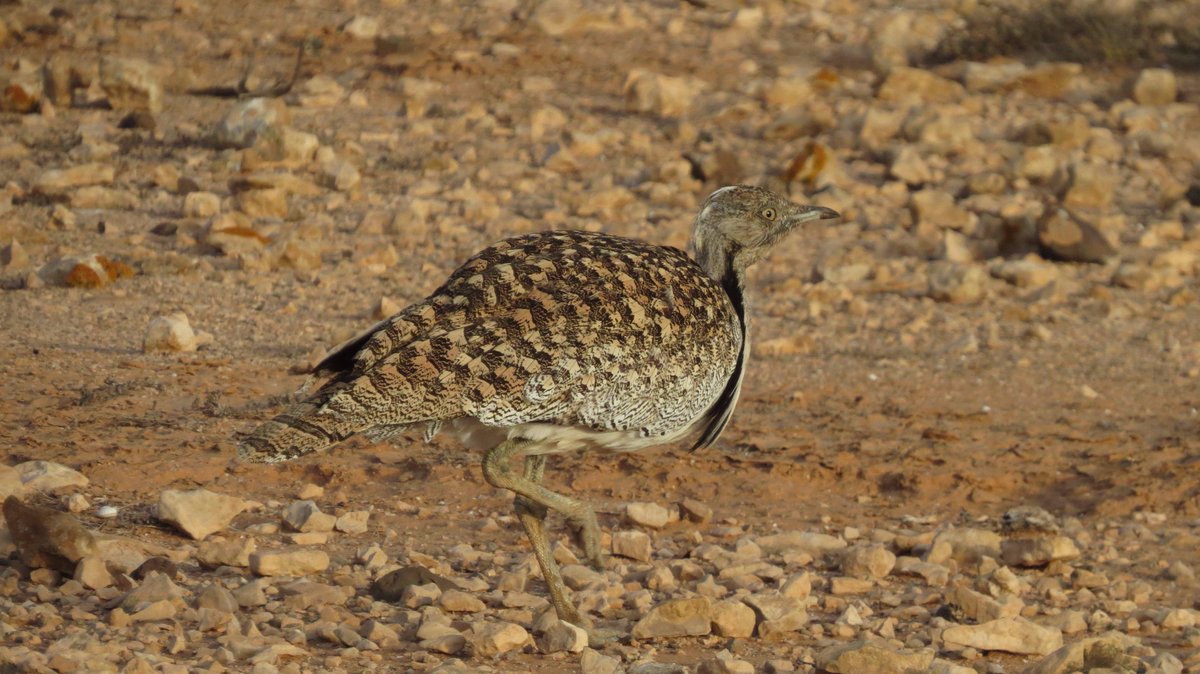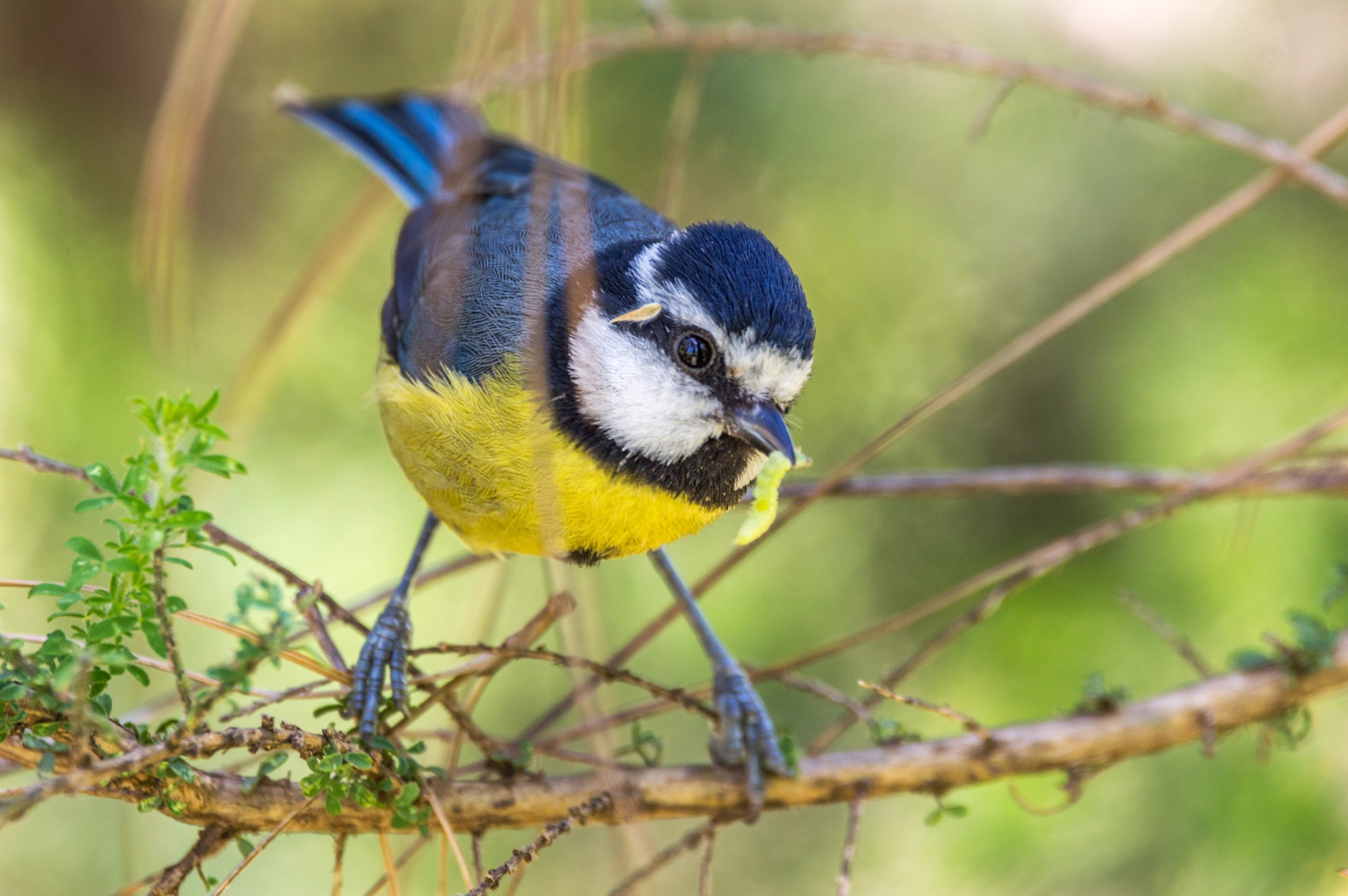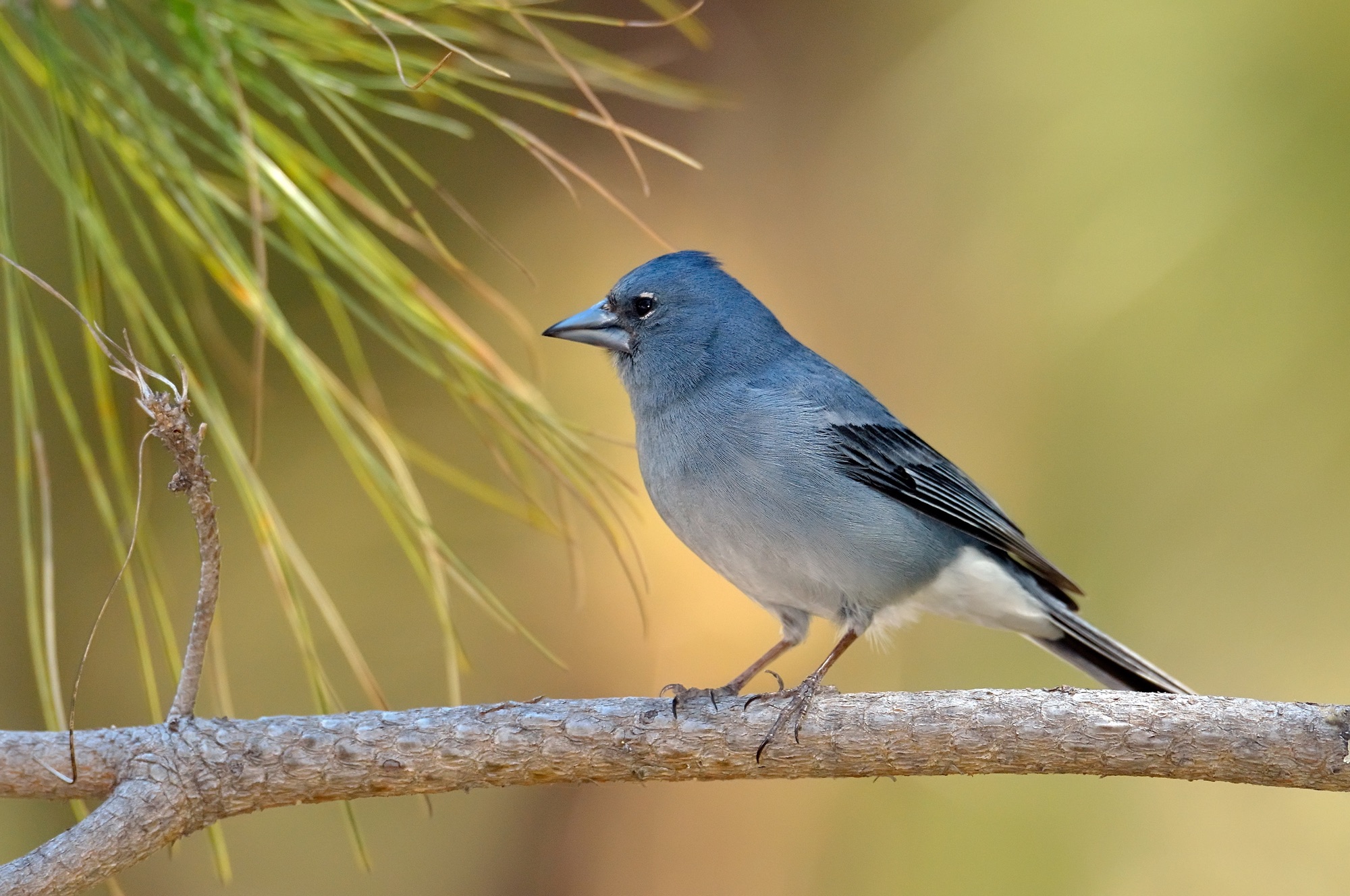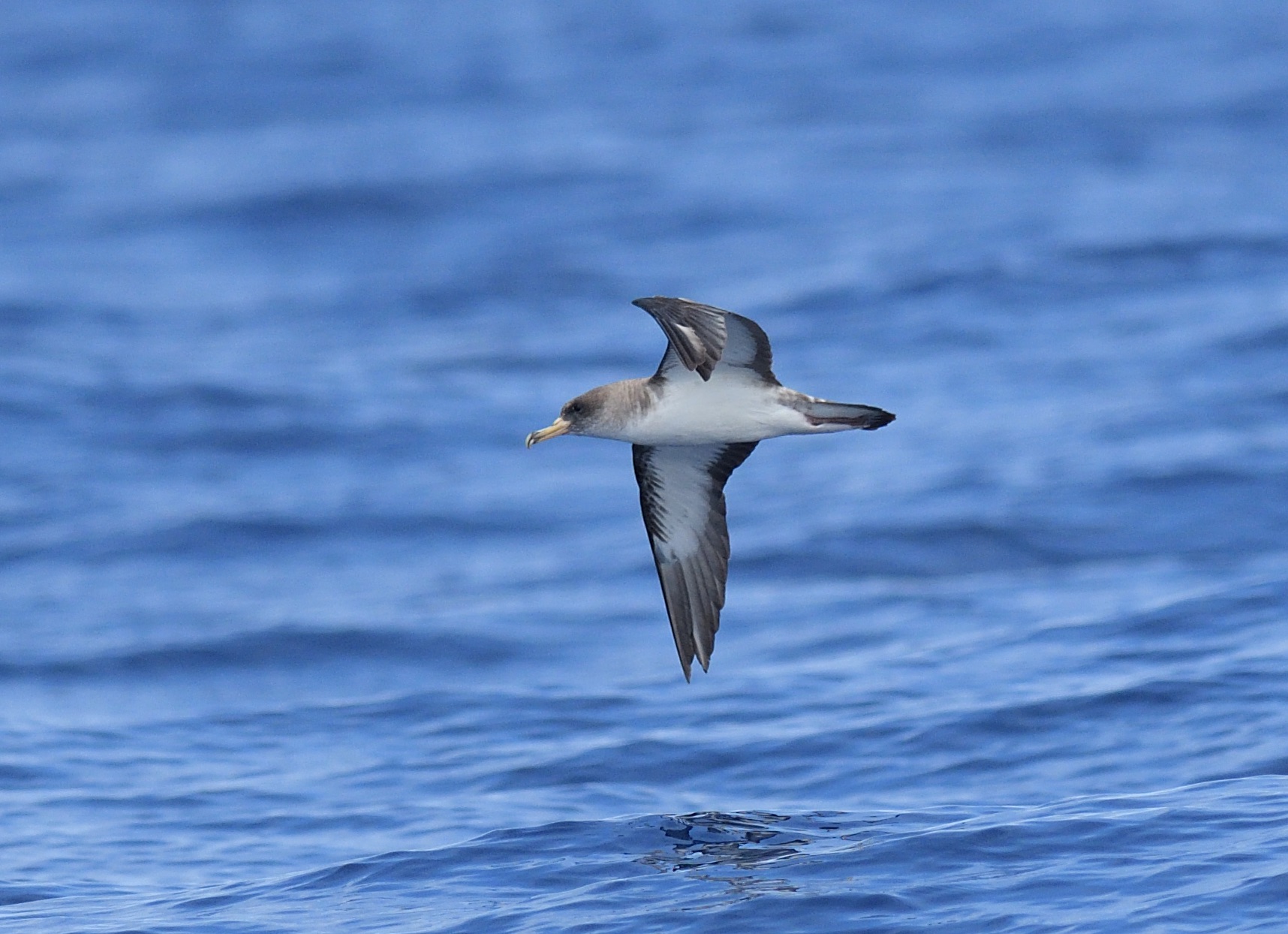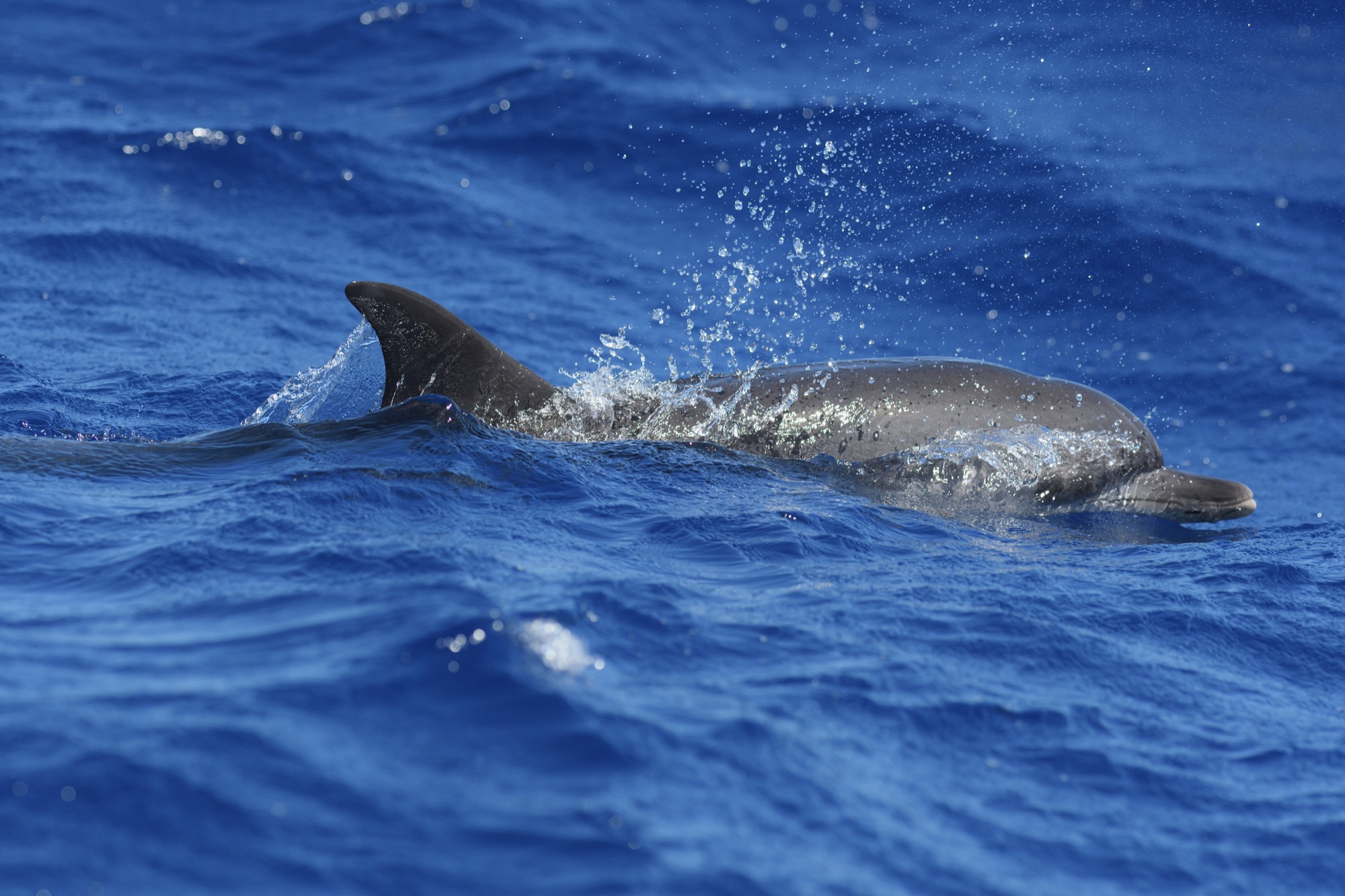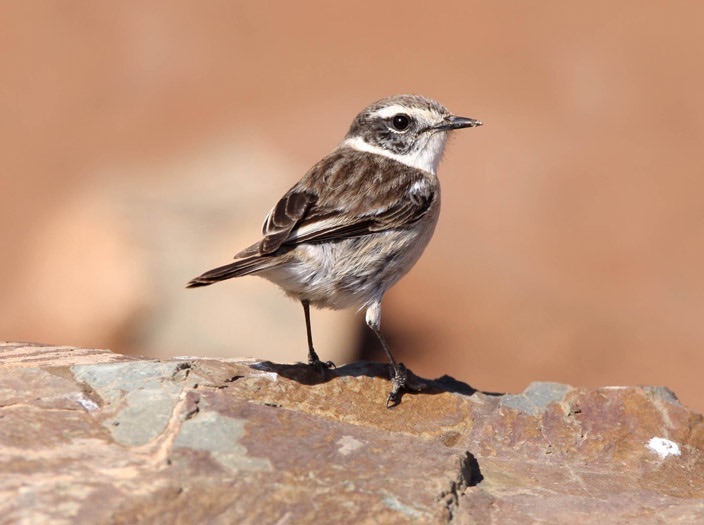CANARY ISLANDS - TENERIFE, LA GOMERA, GRAN CANARIA & FUERTEVENTURA
Day 1 Arrival in Tenerife - 2nd Sept 2022
Following a direct flight from a variety of UK airports, we will arrive in Tenerife South Airport (Airport Code - TFS) and transfer to our large private villa located in the north of the island. As we drive north, we will pass El Teide Volcano, which is the highest mountain in Spain at 3718m. It's a pretty spectacular sight and no doubt we will make a few stops along the way to admire this volcanic peak, as well as see our first birds. Wouldn't it be amazing to find our first Tenerife Blue Chaffinch amidst the pine woods above 800m. More common are the local Goldcrests (also known as Canary island Kinglet and a potential full species, Teneriffae race), Atlantic Canary or Berthelot's Pipit. We should arrive at our delightful private villa in plenty of time to settle in, enjoy the amenities, and our welcome dinner. 3 night at private villa in Tenerife.
Day 2 Tenerife
Our focus today will be on the notoriously tricky endemic Bolle's and Laurel Pigeons, which can often be seen in flight from a few scattered viewing points in the north-west corner of the island. We are expecting to get a clean sweep of the islands other Macaronesian endemics today and other specialities such as Barbary Partridge, Plain Swift, Canary islands Chiffchaff, African Blue Tit (Teneriffae race), Tenerife Blue Chaffinch and Atlantic Canary. As with all archipeligo's located out in the Atlantic there are a number of local and endemic subspecies worth seeing and these include Common Buzzard (Insularum race), Eurasian Sparrowhawk (Granti race), Great Spotted Woodpecker (Canariensis race), and even European Robin (Superbus race) and Common Chaffinch (Canariensis race). There's also Barbary Falcon present or rather now it has been lumped and is now just the pelegrinoides race of Peregrine Falcon, but whatever it's taxonomic flavout it's still a distinctive looking bird.
We can also visit the drier and more arid southern plains where Berthelot's Pipit is reasonably common, and other species here include Yellow-legged Gull along the coast, and both Spectacled Warbler (Orbitalis race) and Spanish Sparrow in the desert-like areas. Night in Tenerife.
Day 3 La Gomera
This morning we will head to Los Cristianos and board the ferry to La Gomera, which will give us a decent opportuity to spot a few interesting seabirds. It's around a 90 minute crossing, but that might just be long enough to get something really good such as the increasingly scarce Barolo Shearwater (which has been more regularly observed in the archipelago between Tenerife and La Gomera than anywhere else), Bulwer's Petrel, or a White-faced or Madeiran Storm-Petrel. It's prime time for one of these, but if our luck's out we might just have to content ourselves with the far commoner Cory's Shearwater. We are likely to see a cetacean or two with both Short-finned Pilot Whale and Bottle-nosed Dolphins the more likely sightings. Upon arrival in La Gomera, we can drive up to the spectacular Garajonay National Park, which contains the largest native laurel forest in the whole Macaronesian region. This is an important site for Bolle's and Laurel Pigeons and if we are not satisfied with yesterday's views, this will be an important site for us. Another option for us, if we had good views on Tenerife yesterday, would be to have a coffee or cold drink and then take the next ferry back to Tenerife, hoping for more seabirds.
Upon our return to Tenerife and depending on timings and whether we still need better views of either endemic pigeon we can visit another Laurel forest on the moist northern slopes, where we can again make a vigil from several vantage points for them as they fly past. So we have a fair degree of flexibility around our programme today. And there's always the option of returning to our villa for an early finish and a few drinks before dinner. Night in Tenerife.
Days 4 - 5 Tenerife - Gran Canaria
We will fly from Tenerife to Gran Canaria this morning and transfer to our all-inclusive resort where we shall spend the next 2 nights. Our main purpose for coming here is to find the recently split and Endangered Gran Canaria Blue Chaffinch and we will have plenty of time to find this beautiful bird. Until recently this species was considered conspecific with birds on Tenerife and we will look for it amongst forests of Canary Pine mainly between 700m to 1200m. There's an estimated population of just 120–132 pairs and this is arguably Europe’s rarest breeding bird according to HBW/Cornell. So we'll be up in the mountains for most of the morning of Day 5 where it can be misty and cool and a complete contrast to the hotter lowlands where there are further chances of Berthelot's Pipit, as well as Eurasian Hoopoe, a different race of European Robin (Marionae) to birds on Tenerife, Common Chaffinch (Bakeri race) is also different to the birds we will have seen on Tenerife, and both Sardinian and Spectacled Warblers (Orbitalis race). We will probably see Northern Raven today, as well as Canary Islands Chiffchaff, African Blue Tit and others. Nights in Gran Canaria.
Day 6 Gran Canaria - Fuerteventura
This morning we will fly the short distance to the easternmost island in the Canary archipeligo and just 110kms from the North African coast - Fuerteventura. Everything feels distinctly North African here (of course!) with the warm Harmattan wind blowing straight off the Sahara Desert, and small villages dotted with prickly pears. After checking-in to our private villa we will want to head out and explore the interior of this fascinating island and quickly try and find the endemic Fuerteventura Chat (also known as Canary Islands Stonechat). Nights at private villa in Fuerteventura.
Days 7 - 8 Fuerteventura
We have 2 full days to get the best out of this island and will want to spend the early mornings and late afternoons back in the arid interior where most of the key target species reside. High on our wishlist will be Houbara Bustard (fuertaventurae race) and Cream-coloured Courser, both of which inhabit the gravel plains and certainly can take some finding as we drive along tracks that criss-cross this semi-desert habitat. It's interesting to note that the bustard has a healthy population here and is potentially easier to see here than on the mainland. Our exploration of the interior should also give us Barbary Partridge, groups of Black-bellied Sandgrouse and one or two Eurasian Stone-Curlews (Insularum race), as well as other species including Egyptian Vulture (majorensis race), Great (Southern) Grey Shrike (Koenigi race), Eurasian Hoopoe, Lesser Short-toed Lark, Spectacled Warbler and 'buzzing' Trumpeter Finches. No doubt the local Barbary Ground Squirrels will provide a few moments of light relief too!
But we'll break up the 'desert' birding with possibly one or two visits to Los Molinos reservoir where, of course, the species mix will be totally different as 'wetland' birds often present here include Black-crowned Night Heron, Ruddy Shelduck, Marbled Duck, Black-winged Stilt, Kentish and Little Ringed Plovers and Laughing Dove, with migrants adding some exciting potential to the site and we could see anything such as passage birds like Baillon's or Little Crakes, Wood or Green Sandpiper or even a big Western Palearctic rarity. Fingers crossed! And this is also a good site for the endemic Fuerteventura Chat. We should also see the endemic race of African Blue Tit that is confined to just this island and Lanzarote (degener race),
So we have plenty of time to find the special birds on this special island, and we'll intersperse our birding with time back at the villa during the heat of the day to relax and enjoy the surroundings. And although we shouldn't expect to see it, there has recently been a few erratic breeding records of Red-billed Tropicbird on the more remote sea cliffs but it would be rude not to have a look for them! Nights in private villa on Fuerteventura.
Day 9 End of Tour - 10th Sept 2022
The tour concludes after breakfast this morning and we will transfer you to the airport in plenty of time for your flight home. But there might be a quick dash to twitch a recently arrived rarity en-route!
All photos copyright Nick Bray/Zoothera Birding unless otherwise stated
Just hover your cursor over each photo for info.
We should see species such as Cory's Shearwater on the ferry crossing to La Gomera.

